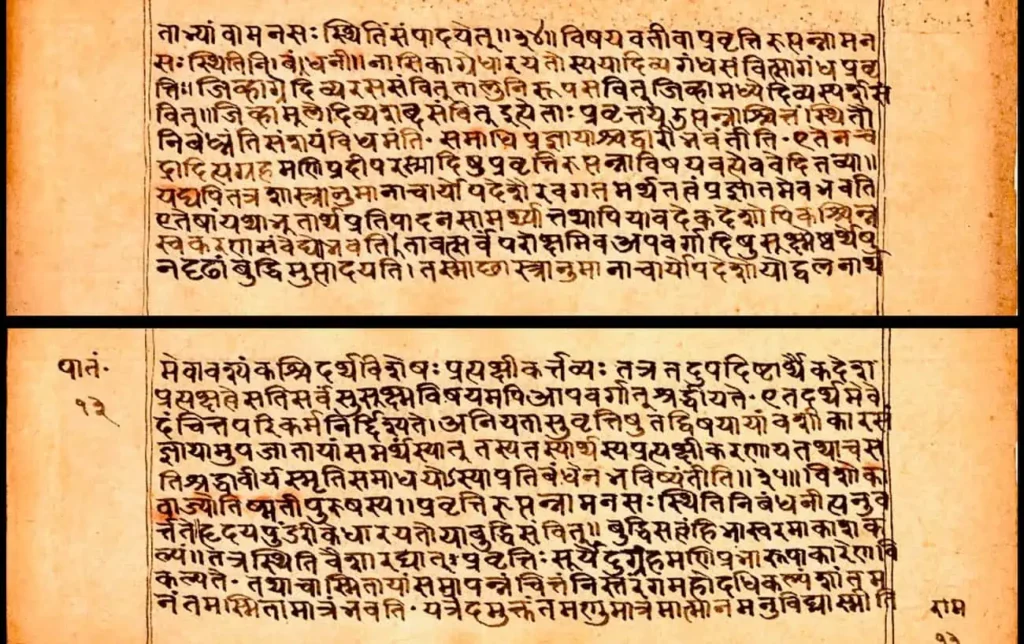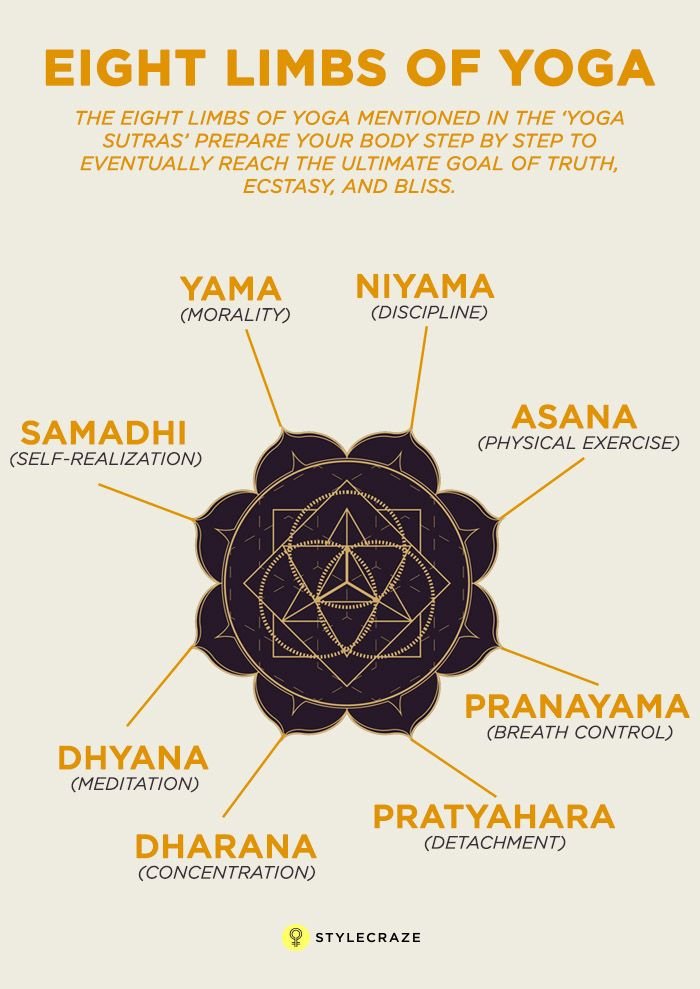In today’s fast-paced, technology-driven world, the age-old knowledge of the Yoga Sutras of Patanjali offers powerful tools for mental health, emotional balance, and personal growth. As more and more people struggle with stress, anxiety, breakdowns, and constant digital distractions, these ancient yoga teachings provide a proven path to inner peace, mindfulness, and holistic well-being. Patanjali’s guidance on yoga philosophy, meditation, pranayama, and conscious living continues to help individuals achieve spiritual clarity, mental calmness, and a healthier and more balanced lifestyle. Let’s hop and see what this Blog has to offer you!
The Birth of the Eight-Limbed Path
Sage Patanjali, considered a great scholar and yogi, systematized Knowledge in 196 sutras (aphorisms) and created a step-by-step guide to spiritual liberation (moksha). The classical system of yoga is described in the ancient Indian text “Yoga Sutras of Patanjali“, compiled between 200 BCE and 400 CE, which outlines the 8 Foundations or Limbs of Yoga – Ashtanga Yoga. Ashtanga Yoga is a way of living that embodies moral discipline, self-awareness, and union with the divine.
Some handwritten pages from a historic Yogasutra manuscript (Sanskrit, Devanagari).
Image sourced: https://yogajala.com/wp-content/uploads/2022/02/The-Yoga-Sutras-of-Patanjali-2.webp

The 8 Limbs of Ashtanga Yoga – Unlock the Power of 8

Image sourced: https://i.pinimg.com/736x/13/4e/2a/134e2a72f80d9a305ed0f6a0e3c34d1d.jpg
These eight limbs serve as guiding practices on your journey toward a balanced, peaceful, and enlightened life.
1. Yama – Ethical Disciplines
The Yamas are five basic rules for how to treat others that help us live peacefully and avoid conflict. They include Ahimsa – being kind in thoughts, words, and actions, Satya – living honestly and truthfully, Asteya – not taking what isn’t freely given, Brahmacharya – using your energy wisely, and Aparigraha – letting go of greed and attachment.
2. Niyama – Personal Observances
The Niyamas are five personal practices for self-discipline and growth. Shaucha – cleanliness of body and mind, Santosha – being content with what you have, Tapas – developing willpower and dedication, Svadhyaya – self-study and reflection, and Ishvarapranidhana – surrendering to a higher power or the universe.
3. Asana – Physical Postures
Asanas are the yoga poses commonly practiced in classes, originally designed to prepare the body for meditation. They help improve strength, flexibility, and stability while encouraging stillness and focus. The posture should be steady and comfortable.
4. Pranayama – Breath Control
Pranayama, meaning “control of life force,” involves breathing techniques that calm the mind, energize the body, balance the nervous system, and enhance mental clarity. It creates a strong connection between body and mind. Common practices include Nadi Shodhana, Kapalabhati, and Ujjayi.
5. Pratyahara – Withdrawal of the Senses
Pratyahara is the practice of turning the senses inward, away from distractions like noise and screens. It helps detach from external stimuli, preparing the mind for concentration and meditation, and creates space for deeper awareness.
6. Dharana – Concentration
Dharana is the practice of focusing attention on a single object or thought, such as a mantra, candle flame, breath, or image. It helps train the mind to stay still and sharp, leading to greater control and mastery over your thoughts.
7. Dhyana – Meditation
Dhyana is the uninterrupted flow of concentration, representing true meditation. It goes beyond technique to become a state of being, bringing deep peace, self-awareness, and presence. In this state, the mind is calm, alert, and still.
8. Samadhi – Enlightenment or Absorption
Samadhi is a state of spiritual absorption where the meditator merges completely with the object of meditation. In this state, the ego dissolves, leaving only pure awareness. It brings bliss, liberation, and complete freedom from suffering.
These 8 limbs work together as a complete path to personal transformation — physically, mentally, and spiritually. You don’t have to master them all at once. They’re steps, tools, and guiding lights on the journey of yoga.
Suggestions for more deeper dive.
- https://www.scribd.com/document/657627108/Ashtanga-Yoga-of-Patanjali
- https://mantrayogameditation.org/books/Introduction-of-Ashtanha-Yoga.pdf
- https://esamskriti.com/essays/pdf/8limbs.pdf
- https://www.rarebooksocietyofindia.org/book_archive/196174216674_10152640362806675.pdf
Share Your Yoga Experience in the Comments!
Do not forget to Follow Us on Instagram for Daily Yoga Inspirations.

